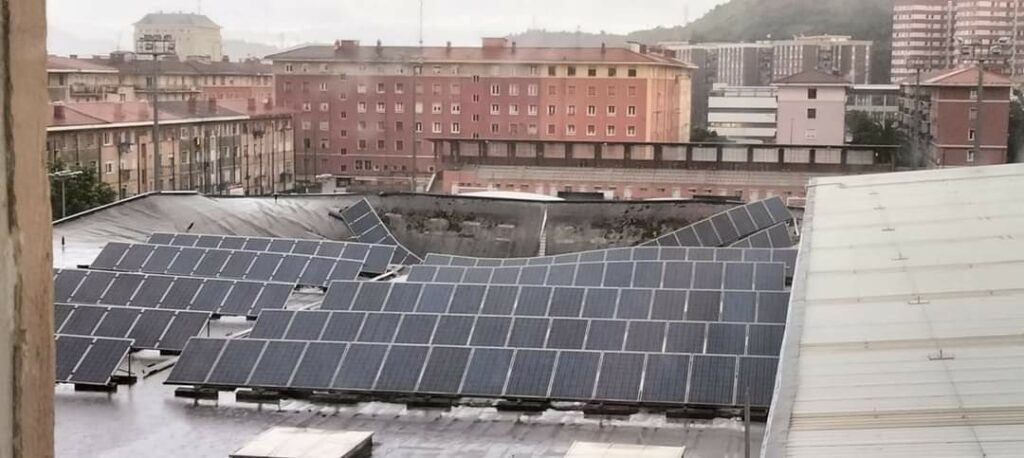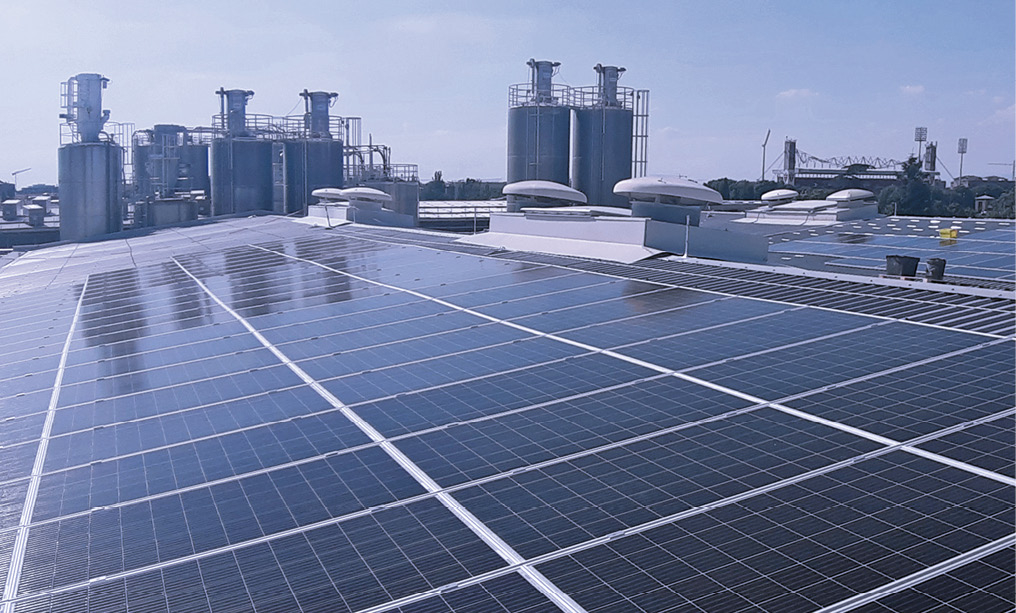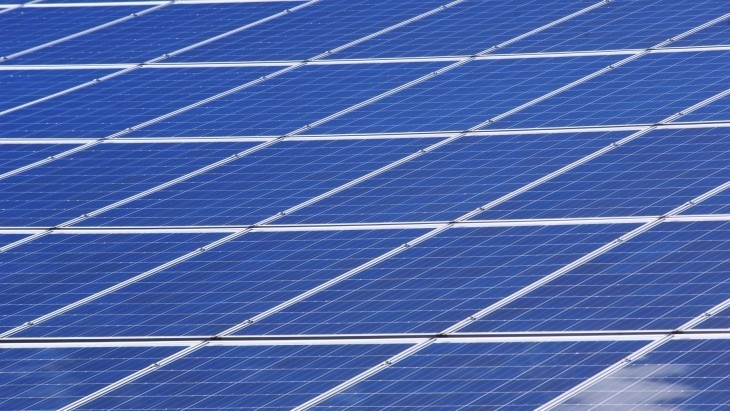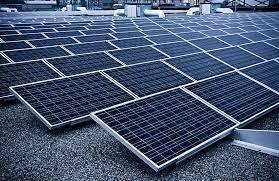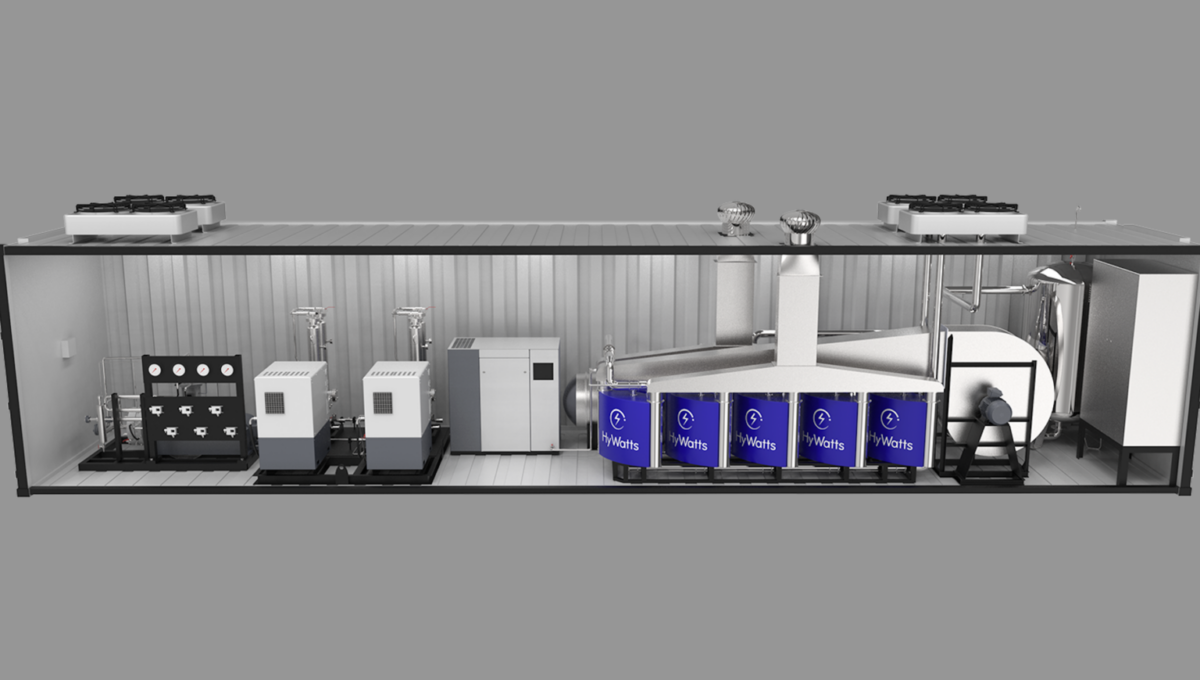
US-based startup HyWatts has unveiled the Powerplant-in-a-Box system, a reversible high-temperature proton exchange membrane (HTPEM) fuel cell that, as any other fuel cell, can generate electricity from hydrogen and at the same time is conversely able to function as an electrolyzer producing hydrogen from electricity.
The system is intended for the supply of renewable energy in remote locations, removing the need for improving the network infrastructure, the company said in a statement.
The system uses a phosphoric acid-doped membrane that does not need permanent humidification, unlike the PFSA-based membranes that are commonly used. This allows the elimination of the humidification and reagent recirculation systems required for low-temperature proton exchange membrane (LTPEM) fuel cells. It also increases the operating temperature range, from 60 C to 80 C for LTPEM to 120 C to 180 C for HTPEM.
The wider operating range, coupled with the company’s patented bipolar plate (BPP) technology, enables direct air cooling for megawatt systems, reducing the power generation subsystem to just the HTPEM stack and a cooling fan.
“An additional advantage of our HTPEM technology is the use of inexpensive materials and manufacturing technologies in stack production,” the company says in a technical white paper published this year describing the system. “Stainless steel BPPs with proprietary coatings can be manufactured using the most cost-effective and mature technologies available: stamping and galvanic coating.”
The company claims that, for a community made up of 50 off-grid homes fed by microgrids, the energy supply can be ensured at a price behind the meter of $0.12/kWh. HyWatts explains that 1 kg covers the energy needs of a US household for one day.
The system was also tested for use as a hydrogen supply gas for industrial processes and was found to provide energy at a marginal cost of $2.38/kg.
